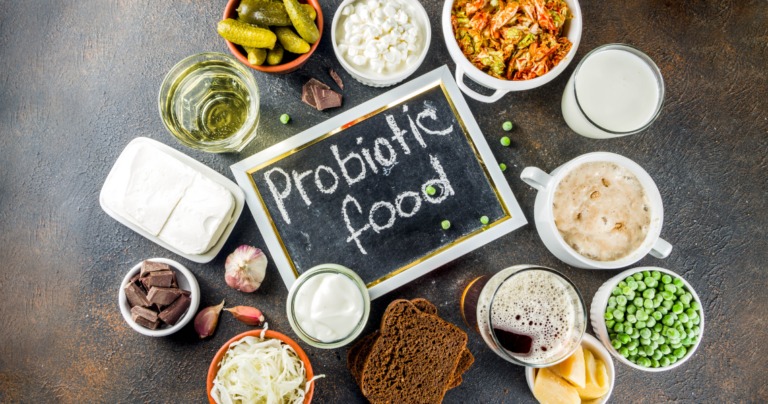
Catering Trends to Watch for in 2025: How to Plan Ahead
As you’re looking ahead to plan for a successful 2025, staying on top of emerging trends is essential to ensure your catering business thrives. The catering industry is evolving, and the trends that will shape the future focus on sustainability,





